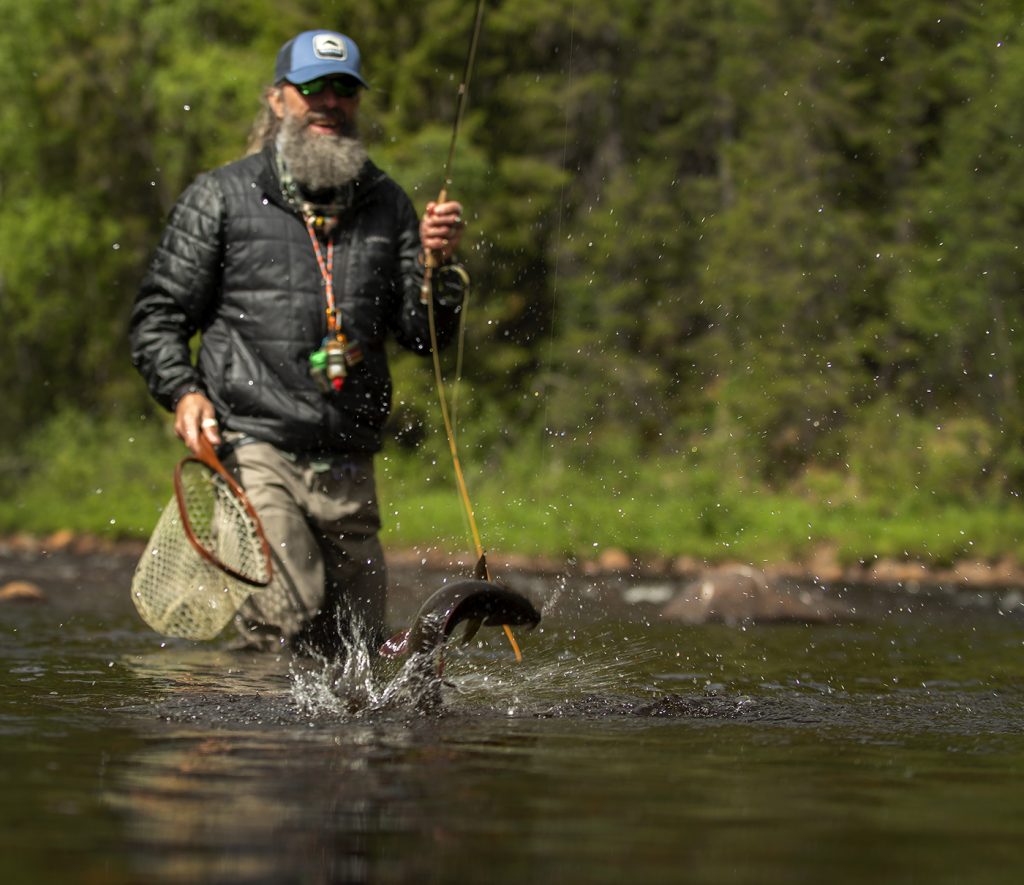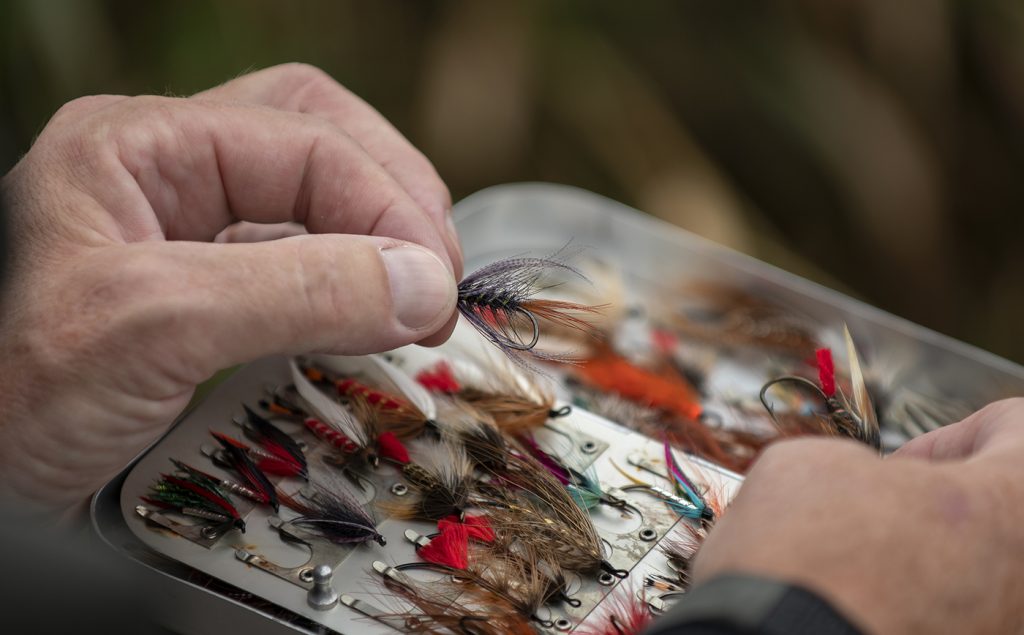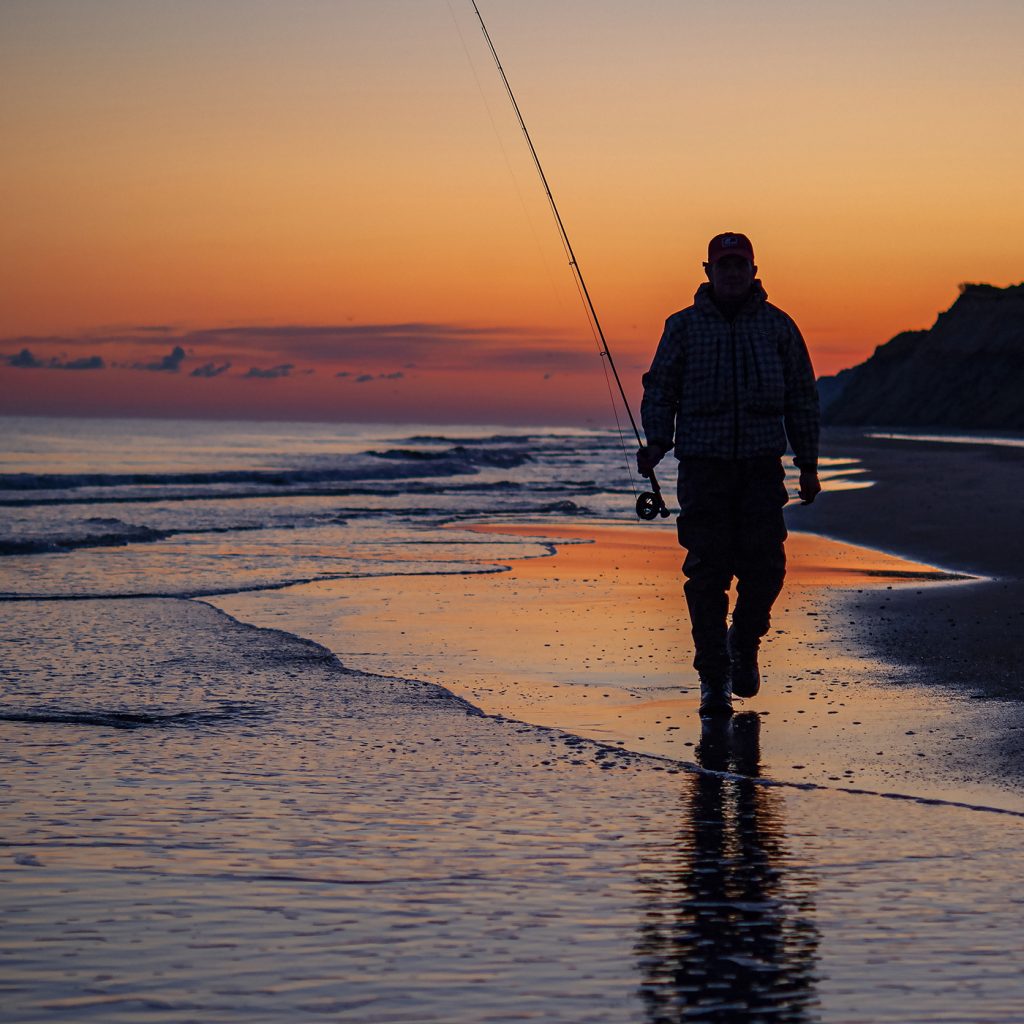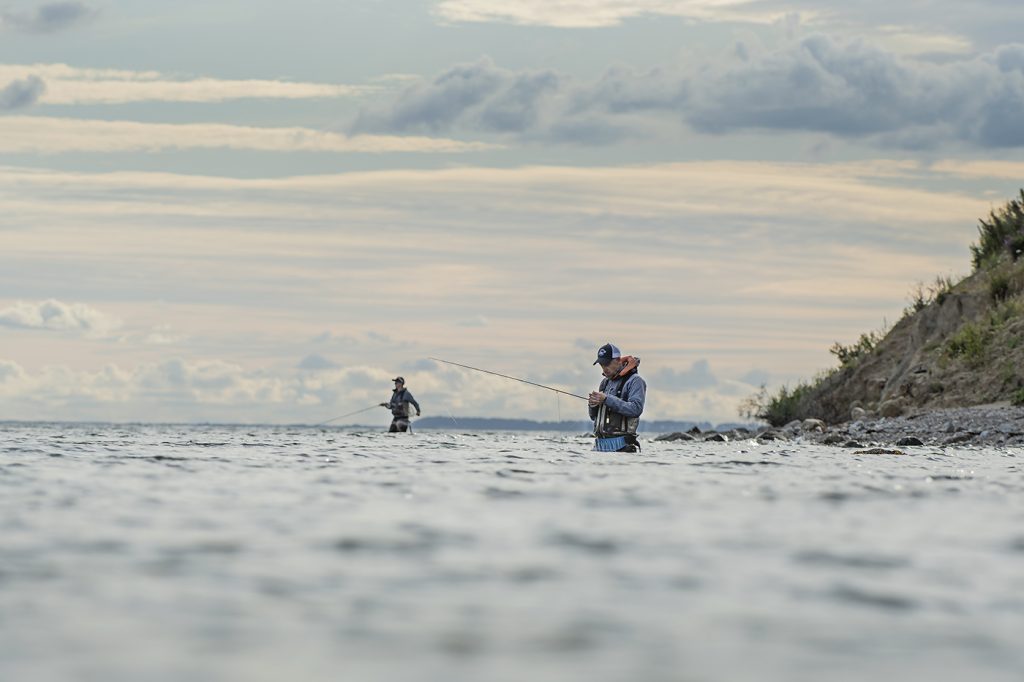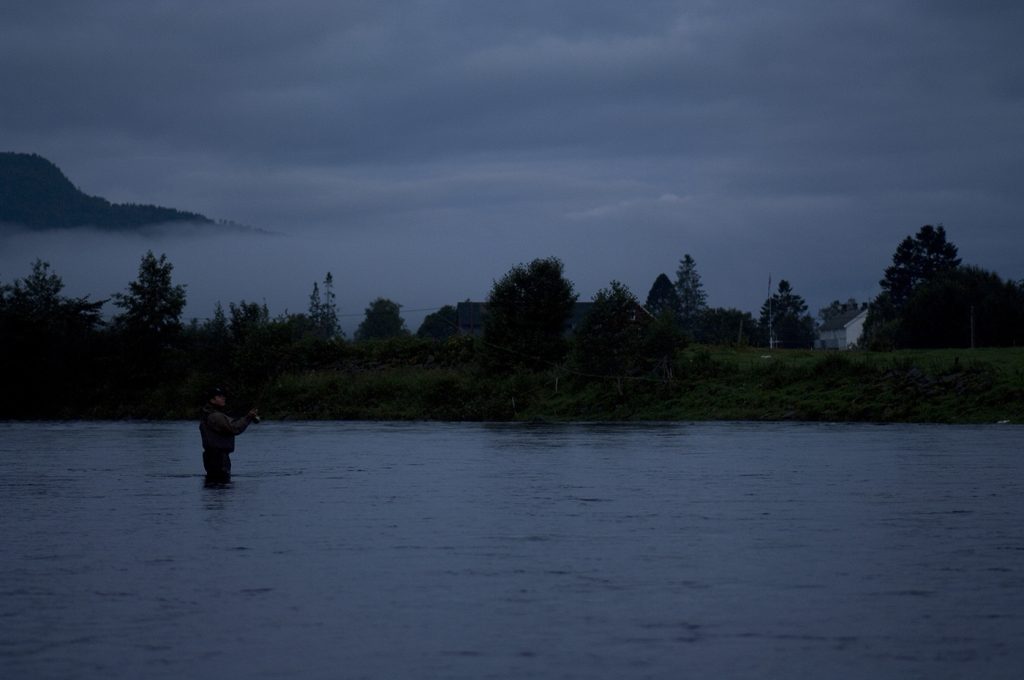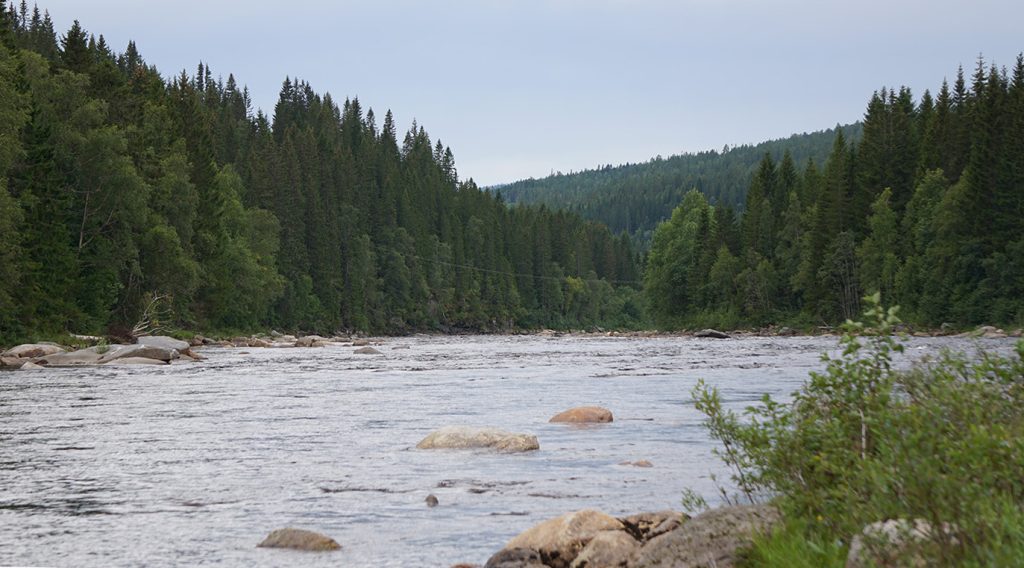
The Norwegian salmon season is coming to a close, so I’ll round things off in this blog, covering a few tips and tricks on how to fool the sometimes very difficult, late summer salmon. The river holds more salmon now. It’s usually a good mix between the now old salmon that entered the river early in the season and the late runners, which are usually the so-called grilse. Grilse are small, male atlantic salmon, still bright silver, but smaller. There are different opinions when a grilse can be called a salmon – some say over 5kg. I say three, because then I catch more salmon.
Continue reading “Closing the season”
